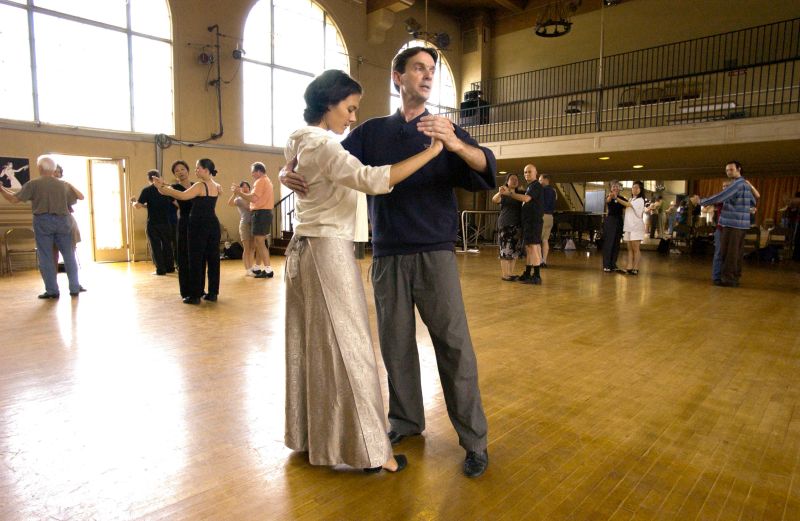This article is the first installment in a series examining how faculty and students are adapting to online classes.
As Stanford prepares for a fully online spring quarter, instructors of highly interactive courses are running up against the limits of video conferencing software.
Many seminar humanities classes will preserve their format, albeit through Zoom. Workshops in the Creative Writing Program, for example, use class time for a variety of topics, including discussing writing techniques, critiquing published writing and providing feedback on student drafts. Now, all of it will take place through Zoom discussions.
“We won’t have the physical group in an actual room in these new circumstances,” said Eavan Boland, director of the Creative Writing Program. “But we’ll have Zoom, which can come close to replicating that.”
Faculty whose courses extend beyond lectures or seminar-style discussions have been forced to cancel classes or otherwise make dramatic adjustments to their format.
“The critical hands-on experience for both laboratory procedures and safety training cannot be obtained adequately from virtual experiences,” wrote Roger Kuhn, student services manager of the chemistry department, in an email notifying students that CHEM 33 and CHEM 131 were postponed to fall.
PSYCH 103: “Intergroup Communication,” a popular year-round course centered on candid discussions about group identity, did not move online due to “the short timeframe, scale of change, and uncontrollable factors concerning student safety and experience,” according to an email sent to prospective students.
Other casualties of the virtual quarter, Social Dance I and II, are being replaced by two courses: DANCE 166, which teaches students to reconstruct historic dances, and DANCE 118, where students practice creating original choreography.
The classes are taught by longtime Social Dance instructor Richard Powers. In both courses, students will upload recordings of their dances or perform them live over Zoom. The whole class will then provide feedback through the Zoom discussion.
There is an advantage to online courses, Powers said. Students will be able to learn from materials at their own pace, instead of being confined to class time. However, he said, the feeling of personal connection that undergirds Social Dance will be missing.
“In Social Dance, you can feel what another person is thinking,” Powers said. “You can’t do that alone in a room by yourself.”
Art Studio classes face a similar barrier. Some studio classes, such as lithography, were canceled due to the accessibility of specialized equipment. The courses still offered — which include drawing, painting, sculpture and digital art — nonetheless rely heavily on personal interaction.
“This isn’t like history, where most of the time it’s giving lectures,” said professor Enrique Chagoya, head of art practice in the department of art and art history. “Dance, sculpture, drawing and photography are practiced during class time and the faculty is giving instant feedback during the class. This will be hard to do from far away with a tiny screen.”
Chagoya has made a number of adjustments to his Drawing I course this quarter. He is replacing live models of human bodies with interactive online versions. Instead of receiving pointers throughout class, students will receive feedback over Zoom after they upload their drawings at the end of class.
“It will be different than [learning from] YouTube because they will receive my feedback constantly for weeks,” Chagoya said.
Both Chagoya and Powers acknowledged that, although the classes were not ideal online, offering them in the spring would allow seniors to fulfill graduation requirements. Students who want the full course experiences might wait until in-person classes resume, they said.
Aside from the barriers presented by the new medium, all three of the interviewed instructors praised technology for allowing some semblance of instruction to continue during the spring.
“[Online classes] are more limited than teaching in-person, but we don’t have an alternative,” Chagoya said. “[Now] everyone is learning the benefits of technology. It’s saving our education right now.”
Contact Ravi Smith at ravi22 ‘at’ stanford.edu.
